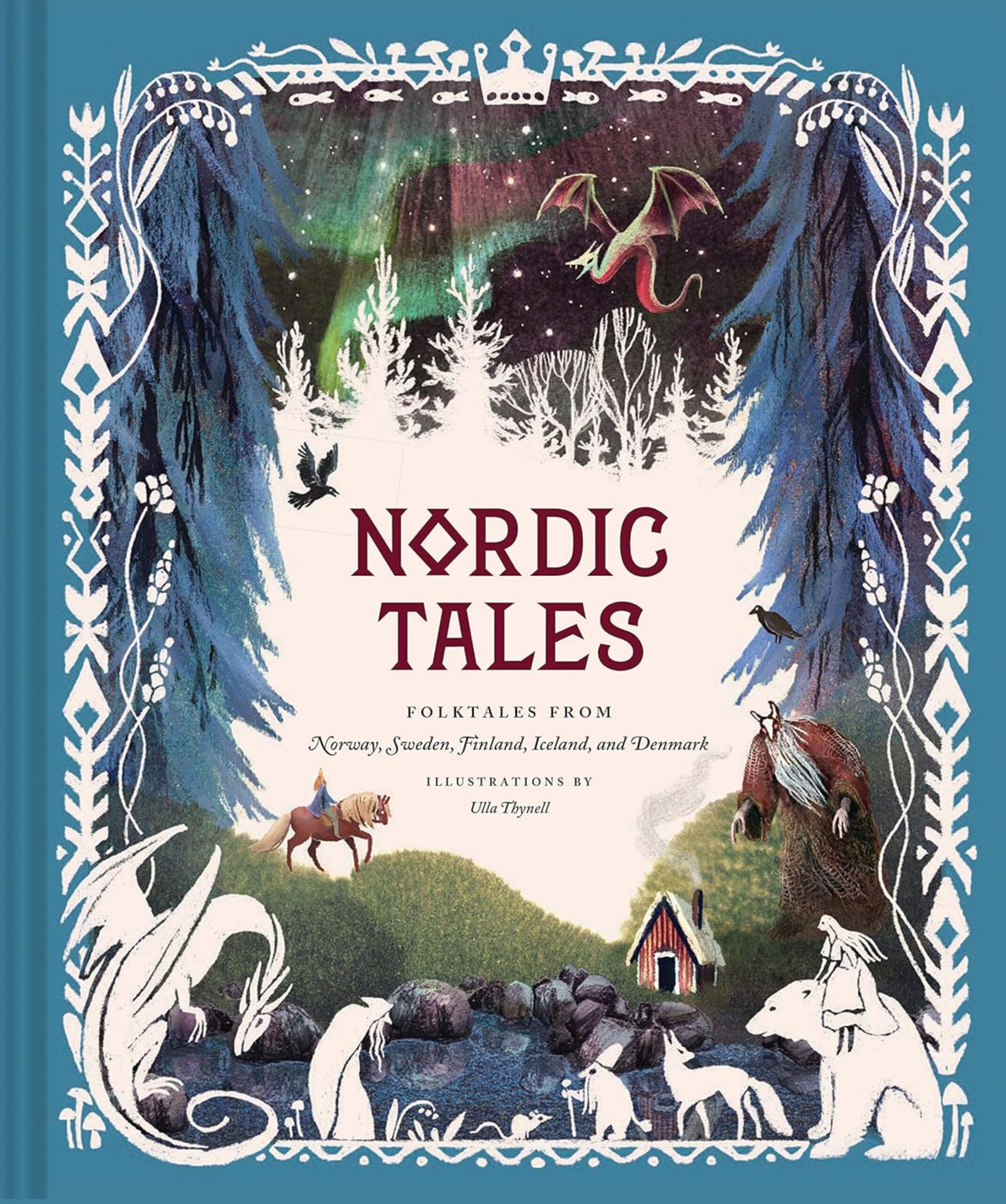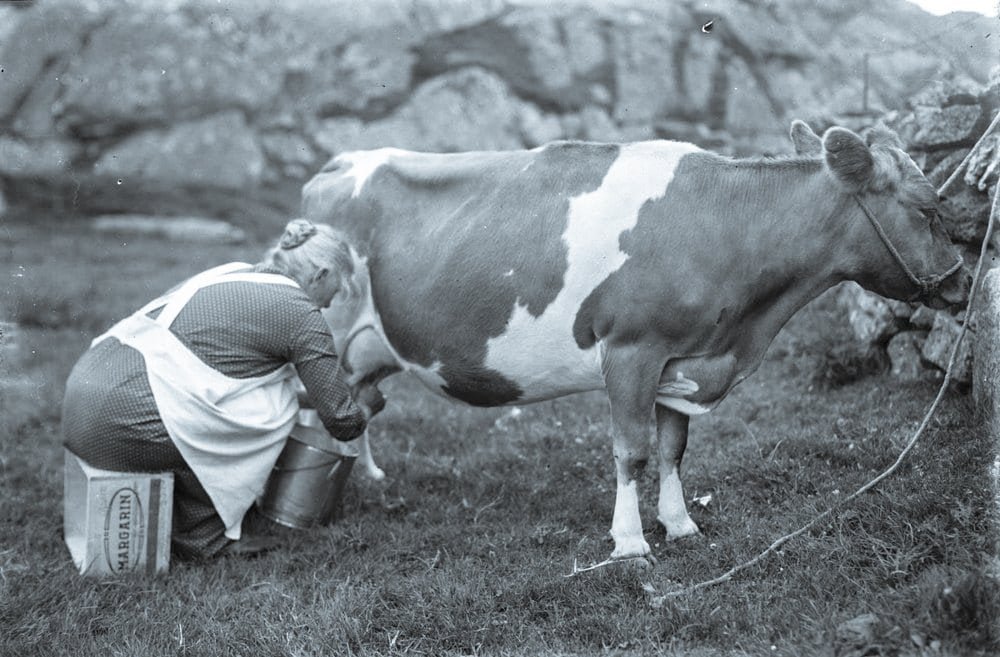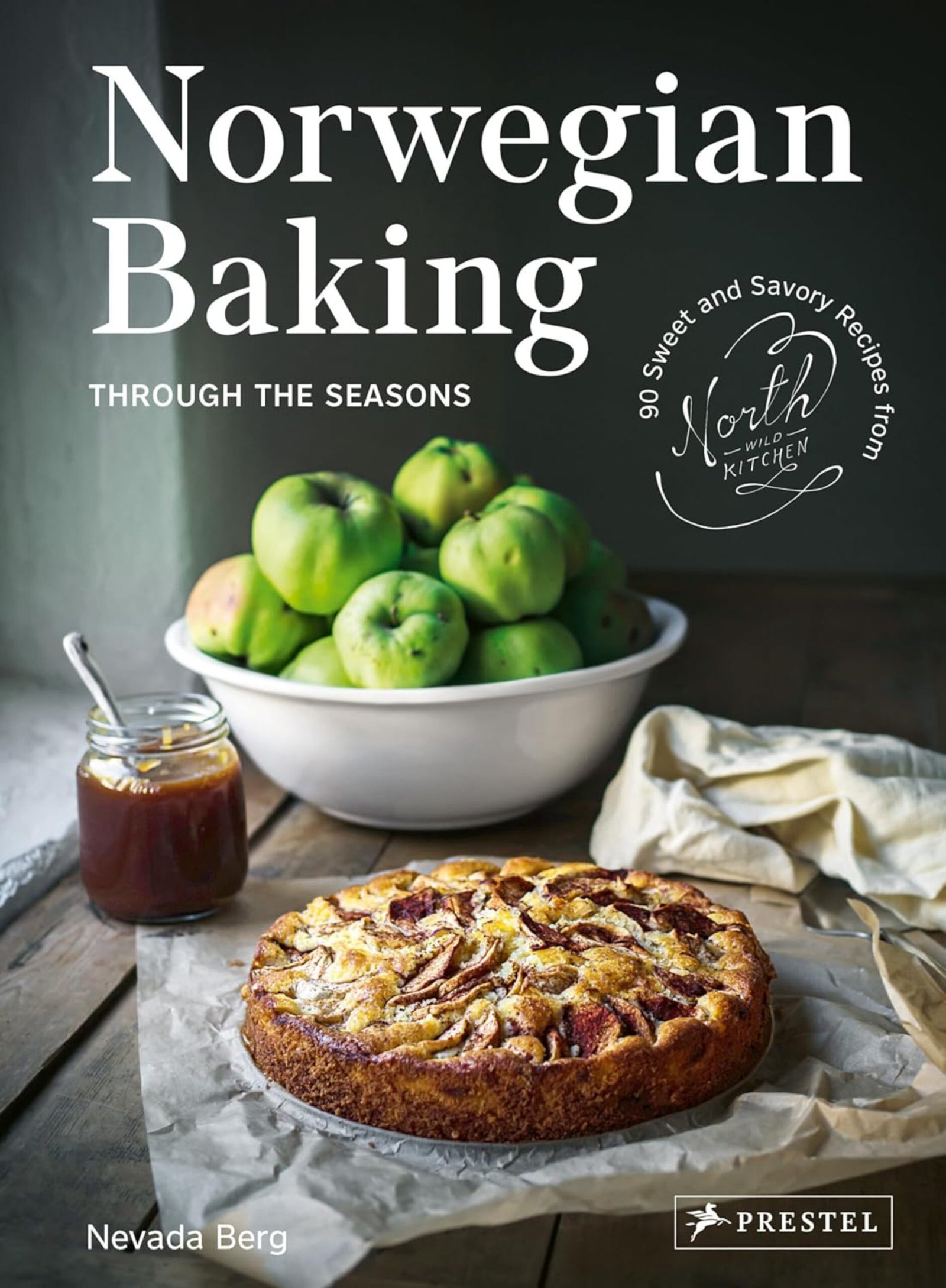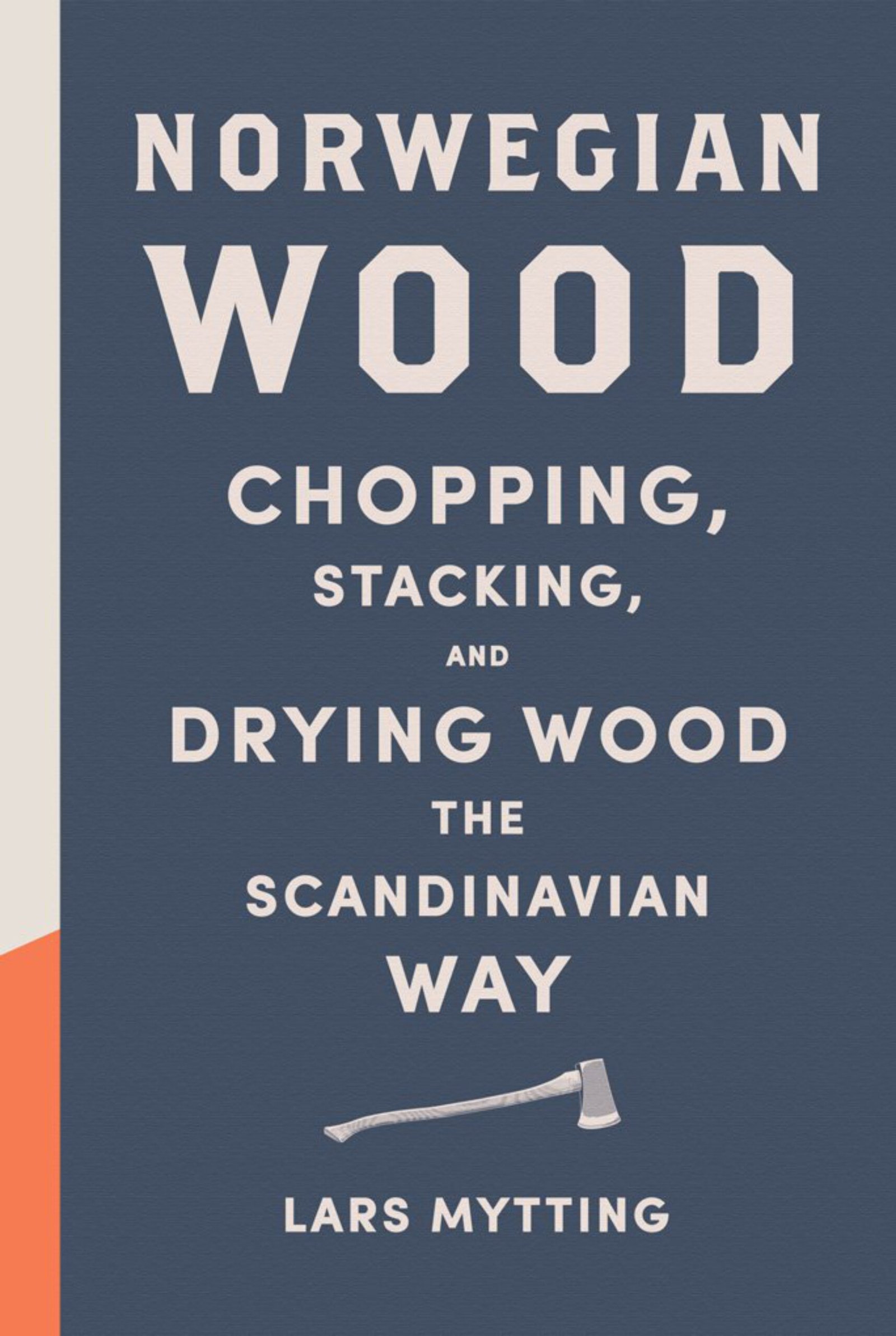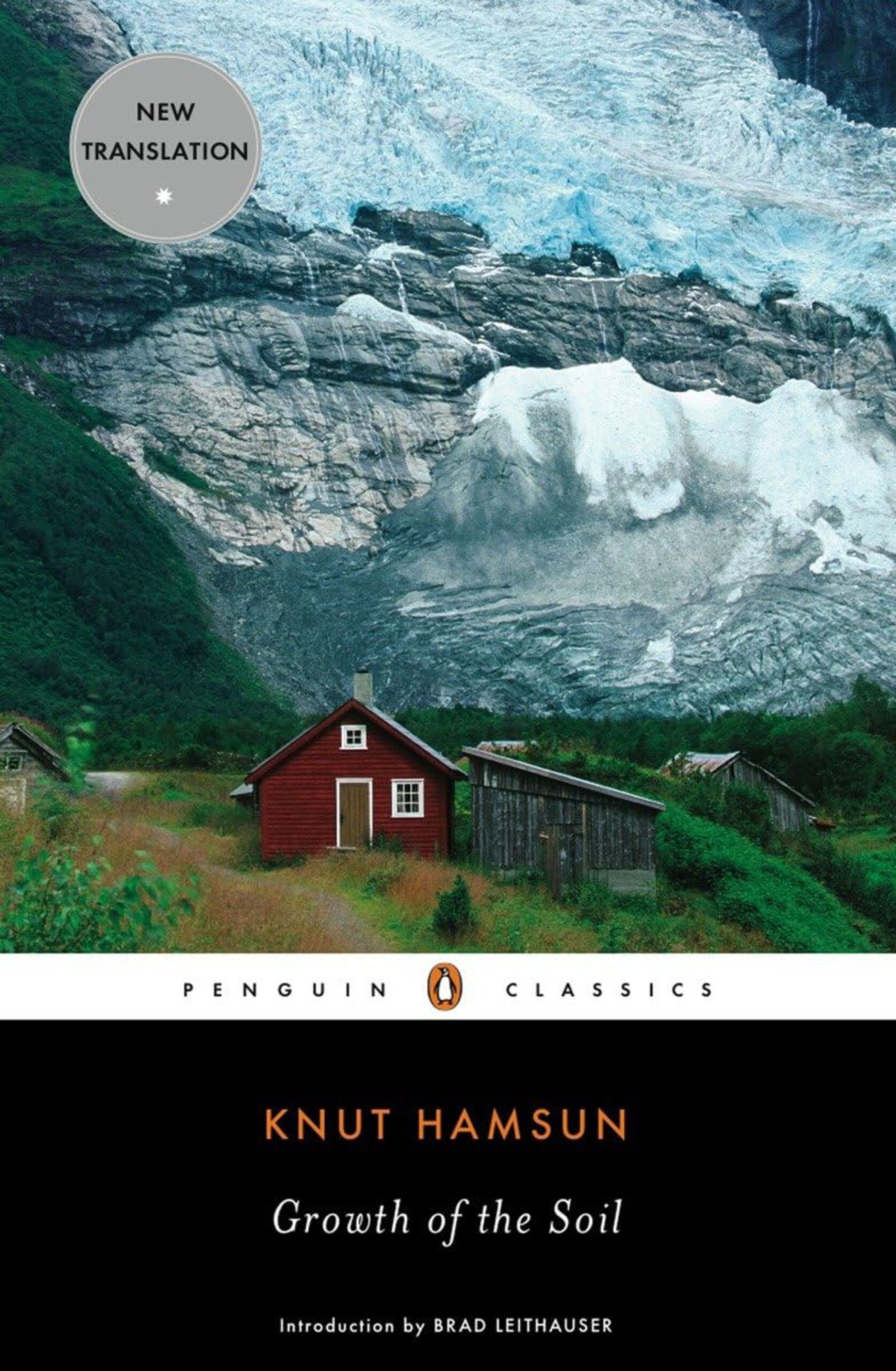Food preservation
Daily life for the historical Norwegians – living in a climate with long, frosty winters and short summers – was all about thinking ahead and food preservation.
The modern humans think of cheese and butter as delicacies – but they are in fact nothing but methods used for preserving fresh milk for long-time storage.
The responsibility of the women
Throughout history, the women did the milking and looked after most of the domesticated animals.
Only with the industrialisation of agriculture did the men get more involved.
The important summer
During a few and intense summer months, the domestic animals roamed the Norwegian forests and mountains. There they thrived on what Mother Nature had to offer. The summer had to be used to the fullest, to achieve the best possible milk production.
The harsh winters confined the animals to cramped and dark barns and sheds – and they were 100% reliant on the care and food provided by their masters. The milk production during this period of the year was more limited.
Regular as clockwork
The milkmaids of yesteryear took great pride in getting the best yield out of every cow. They perfected the ways of handling the animals, and the methods of preserving the milk for storage.
Twice a day – regular as clockwork – the milkmaid walked to the cowshed to milk her cows. During the winter, only with a small lamp guiding her in the dark.
She made sure that the animals had enough food and water – and clean, warm and calm surroundings.
It starts with a calf being born
Getting milk from the cow builds on a natural process – and begins with a calf being born. The dairy cow usually bears a new calf every year.
Historically, to ensure that both mother and offspring could utilise the summer months to the maximum, most of the Norwegian cows calved in the spring.
The milkmaid separated the calf from its mother after a short period of time. She then continued to milk the cow throughout the year.
At the latest, she gradually stopped milking the cow some eight weeks before it was due to give birth once again. And then the cycle started over.
The cow and the goat
Today, it is the cow that is the main provider of milk to the Norwegian population. In certain regions they still also keep goats. Milking reindeer and sheep is overall a thing of the past.
An untapped resource
After the industrialisation of agriculture, the vast mountain and forest areas of Norway are no longer utilised to its fullest extent as a natural food resource for the domesticated animals.
Maybe one day – if the situation so requires – this significant resource will once again come into play – and be a place for the animals to feed – and feel summer free.

A fjord horse and a young cow on summer pasture. Jotunheimen in 1968. | Photo: Paul A. Røstad – digitaltmuseum.no DEX_PR_000749 – CC BY-SA.
